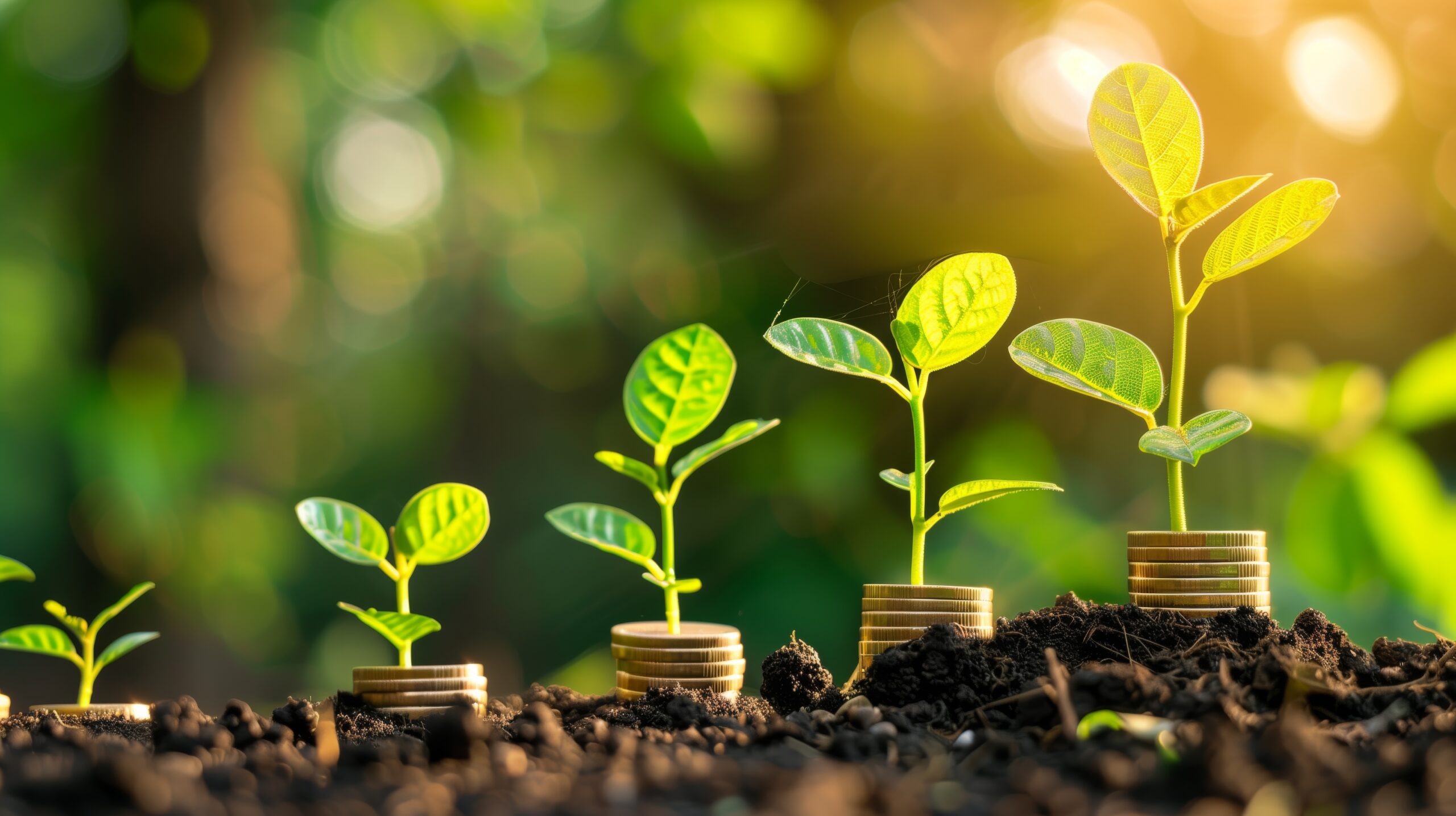Have you ever heard of the concept “what gets measured, gets managed”? It means that when we put a value on something, people are more likely to pay attention to it. This approach is traditionally used in business settings but has become increasingly relevant for environmental issues.
Implementing this concept helps to ensure that environmental challenges are taken more seriously and are better managed.
Ecosystem accounting is an emerging technique that aims to do just that. It is a tool developed by the United Nations to quantify the flow of goods and services from the environment to people. This helps us calculate the value of nature in dollars, which, in turn, allows decision-makers to compare the financial gain from economic activity with the potential cost to the environment.
However, despite its application, ecosystem accounting has also been controversial. Some critics argue that the approach is not holistic, as it fails to properly address First Nations’ perspectives and gender dimensions. These inclusivity issues mean that we need to ask ourselves – whose perspective are we using to calculate the value of ecosystems? And, if we limit this perspective, are we also limiting the total value?
Ecosystem Services
To understand these issues, we must first unpack what ecosystem services are. Ecosystem services are the benefits provided to people from environmental resources.
These are split into four categories – provisioning, regulating, supporting, and cultural services (Figure 1).
For example, in a coastal environment, people may benefit from catching fish for food (provisioning), mangroves for erosion control (regulating), coral reefs for species’ habitat (supporting), and recreational activities for enjoyment (cultural). In ecosystem accounting, the ecosystem services in the study area are identified and the flow of benefits to households is calculated in units.
This process can be challenging, as not all ecosystem services are the same. Some services, like the value of timber (where a market already exists) can be easily calculated. Others, such as aesthetic or spiritual values, are considered “intangible”, and can be more difficult to convert into dollar figures.
First Nations’ perspectives
So – why does ecosystem accounting fail to address First Nations’ perspectives? The answer isn’t simple, as it involves a range of factors. But, in part, the issue can be explained by the difference in human-nature relationship structures.
Many First Nations peoples see their relationship with nature as “reciprocal”, or “two- way”, meaning that when people look after the environment, the environment looks after the people (Figure 2).

This relationship structure is fundamentally different to the Western perspective used in ecosystem accounting. Western human – nature relationships tend to be linear, with benefits flowing only from nature to humans, and not vice versa. This contrast in the foundation of the framework is problematic, as it makes simply incorporating First Nations’ values challenging.
Therefore, even if studies recognise certain First Nations’ values (such as traditional food sources or inter-generational knowledge), the current ecosystem accounting model is unlikely to accurately represent them.
Gender dimensions
In addition, a growing body of research shows that the gender dimensions of ecosystem services remain a blind spot. Gender plays a significant role in how people value and perceive ecosystem services.
Livelihoods and spaces are often gendered, meaning that men and women interact with the environment in different ways. Despite this, ecosystem accounting frameworks tend to assume that communities are homogenous, which can result in an incomplete evaluation . This is a complex issue, as generalisations can’t be made across regions and communities. Other factors, such as wealth, ethnicity, religion, and cultural norms, all contribute to how women view and experience ecosystem services. Overall, women remain underrepresented in many aspects of environmental management.
This, combined with the issue of current frameworks not accounting for gender dimensions, means that subsequent policies may overlook environmental issues primarily impacting women.
Next steps
So, where to from here? Ecosystem accounting is a practical tool; however, First Nations’ perspectives and gender dimensions of ecosystem services remain poorly addressed and understood. With these shortcomings, current models are failing to adequately measure, and therefore inform the management of, diverse environmental values.
Ultimately – excluding these perspectives is not only damaging for the impacted groups, but also for nature. By not painting the full picture, nature’s overall value is being underestimated.
Increased research, collaboration, and engagement is required to expand the scope of ecosystem accounting models. See here and here.
It is essential that a holistic understanding of ecosystem services is developed to ensure equitable and sustainable policy interventions.
This blog post was originally posted by The Women in Economics Network (WEN) as part of their 2023 Credible Economist Writing Competition. Read the original here.
- Picture at top is a stock image from Adobe Stock
Ella Schirru is a corporate environmental management graduate, who works as a research assistant and science communicator. She is passionate about environmental economics and using a multidisciplinary approach to solve real-world problems.





